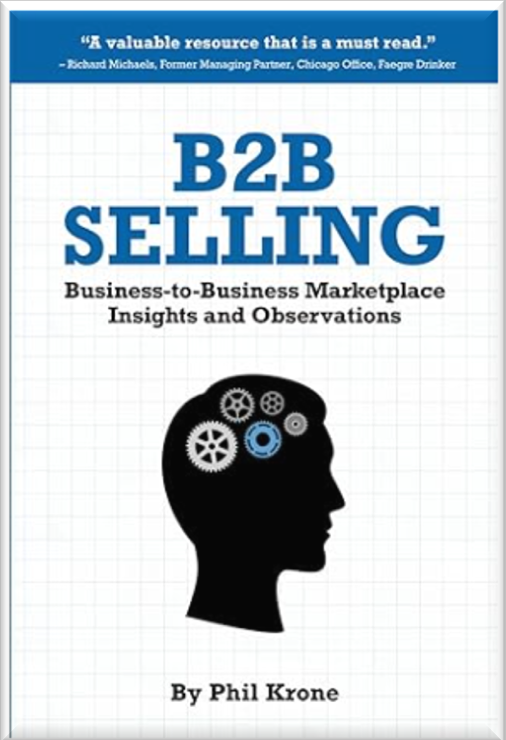During its first 17 years or so “Feed My Starving Children” (FMSC) assembled and distributed a total of 3 million meals. During its next 17 years that number ballooned last year to a total of 4.8 billion meals. What happened?
FMSC’s mission is, as the name suggests, to feed starving children. And the organization does that around the world in some of the most dangerous, desolate places on Earth. They do that with individual, highly nutritious meals with long shelf lives and a remarkable distribution system.
At his recent retirement celebration, the CEO for those 17 high-growth years shared what he believes drove the dramatic turnaround. Having been actively involved in FMSC’s efforts as an on the-ground-volunteer and having had FMSC as a client, I’ll share my observations and perspective as well.
At a recent retirement celebration the CEO pointed out that 18 years ago, (before he was brought in to lead FMSC), the board of directors made a critical decision. Always a faith-based
Christian organization whose mission was to feed starving children, FMSC rededicated itself to Jesus Christ. The mission became serving the Lord—by serving his children.
The CEO gave several examples of how he and others have seen evidence of Divine Providence at work in what they do.
It begins with prayer, especially prayer said by volunteers—and there are hundreds at any one session—after they have packed the nutritious, life-saving meals but before the meals are
shipped. They especially pray for safe delivery of the meals to myriad local partners. Their record is, in fact, remarkable: 99.8 percent of all their shipments arrive intact and, for the most
part, on time.
To appreciate this accomplishment, you have to picture not only the routes but also the delivery locations. These shipments go around the world to some of the most difficult
situations: war zones, areas with chronic food insecurity, locations damaged by major weather systems, areas where the government has broken down and there is chaos in the streets,
territories where criminal gangs are routinely looking for profit in whatever comes their way.
“I don’t think companies could ship from Chicago to Cleveland over 17 years,” joked the retiree, “and have 99.8 percent of the shipments arrive successfully.”
Just as the CEO was about to get into his car to drive away something made him turn around. He saw a nun standing there, just looking at him. He closed the car door, walked over, and introduced himself. She asked, why are you here? He told her about the cancelled meeting with the bishop and what it was all about. “The nuns were just praying over how we were going to get food to the kids in this slum,” she said, “and here you are.”
Are business success and religious beliefs related?
Clearly, religious faith doesn’t guarantee business success. However, over the past 30 years or so of helping companies grow, I have noticed that a high percentage of the leaders of companies we’ve worked with have strong religious beliefs. It doesn’t seem to matter what the religion is. In addition, from my interactions with business leaders, my impression is that the percentage of those business leaders who express their beliefs is higher than the estimated percentage of the population that attends religious services regularly.
What have I seen that has made Feed My Starving Children so successful in the face of some truly formidable obstacles?
My observations—not in any particular order—also correlate well with what makes just about any business successful:
- Strong Distribution: They partner with very strong organizations around the world in more than 60 countries. The partners are given the food but pay for the transportation and security of the shipments. The partners use the food to support their main mission. Those missions vary but include feeding people and supporting hospitals, schools, orphanages, and other causes.
- Talented, Experienced Staff: People who succeed are attracted to work and to organizations that have a meaningful, well-defined purpose—such as feeding starving children. If their belief in the mission is strong enough, they go to work for the organization even if they can earn more elsewhere. FMSC attracts world-class talent that will work for fair compensation.
- Management Scope: Very successful organizations do their best to optimize every aspect of their operations. Coach K at Duke was a good basketball coach, but he was an even stronger chief executive. He made sure he had the strongest recruiting program, the best video system (comparable to those of NBA teams), ready access to the Duke University hospital’s health-care technology to help injured players return faster, and the use of the talents of former players to support training and coaching. In short, he was more than a coach. FMSC does the same thing—that is, working to be the best at every aspect of what they do. One going-above-and-beyond effort has been to help to improve the business practices of their distribution partners. Like many businesses and not-for-profits, FMSC’s partners excel at some things, such as logistics or teaching, but not others, such as general management. FMSC encourages all of Its partners to work together to learn best practices from each other that enable everyone to work smarter. FMSC has also coached them on succession planning to avoid common problems that arise when founding leaders retire or otherwise move on. This issue is one that many successful businesses also face, especially family-owned enterprises.
- Unique Model: There is no other organization with the model used by FMSC. Other organizations have volunteers who pack food, but I am not aware of any that give the food to partners and ask only that they pay for transportation and ensure security.
- An Army of Volunteers: Feed My Starving Children attracts more than a million volunteers every year. Those volunteers who donate a couple hours to pack food also become the main source of revenue, thanks to a straightforward, commonsense approach: “Someone else paid for the food you packed today; please donate to buy food for the next volunteer to pack.” FMSC has also leveraged volunteers to run their own fund-raising programs and to speak to companies, schools, and other groups about their FMSC experiences with its programs. A volunteer speaker’s bureau stands ready to answer requests to learn more. I have made such presentations. Other not-for-profits presenting at the same time often comment about how they use paid staff.
- Agility: When Covid hit and volunteers were not able to get together to pack meals, FMSC pivoted quickly to machine packing, something they said they would never do. But they then moved quickly to set up the necessary equipment to keep the food shipments flowing.
- Raving Fans: Because its mission is so compelling, FMSC attracts what business consultants call “raving fans.” These are customers so thrilled with a product or service that they spread the word enthusiastically, even relentlessly. Several businesses have responded by donating a fixed amount per sale to support the program. (There’s a good business case to be made for such programs.) If you use an Air-Serv compressor at a service station, for example, you’re contributing to FMSC via Air-Serv. (You’re not paying extra, however.) If you buy a Taco from Tacos for Life, you’re supporting a life-saving meal that feeds a hungry child.
In summary I can say that this level of growth is virtually unheard of for any type of organization, for-profit or not-for-profit. Perhaps the key takeaway is that your company or organization can benefit by defining its mission so clearly that people will know exactly what they’re working for and toward. Companies or charities can use that to attract not only the best employees, but also the best customers and the support of good companies.














